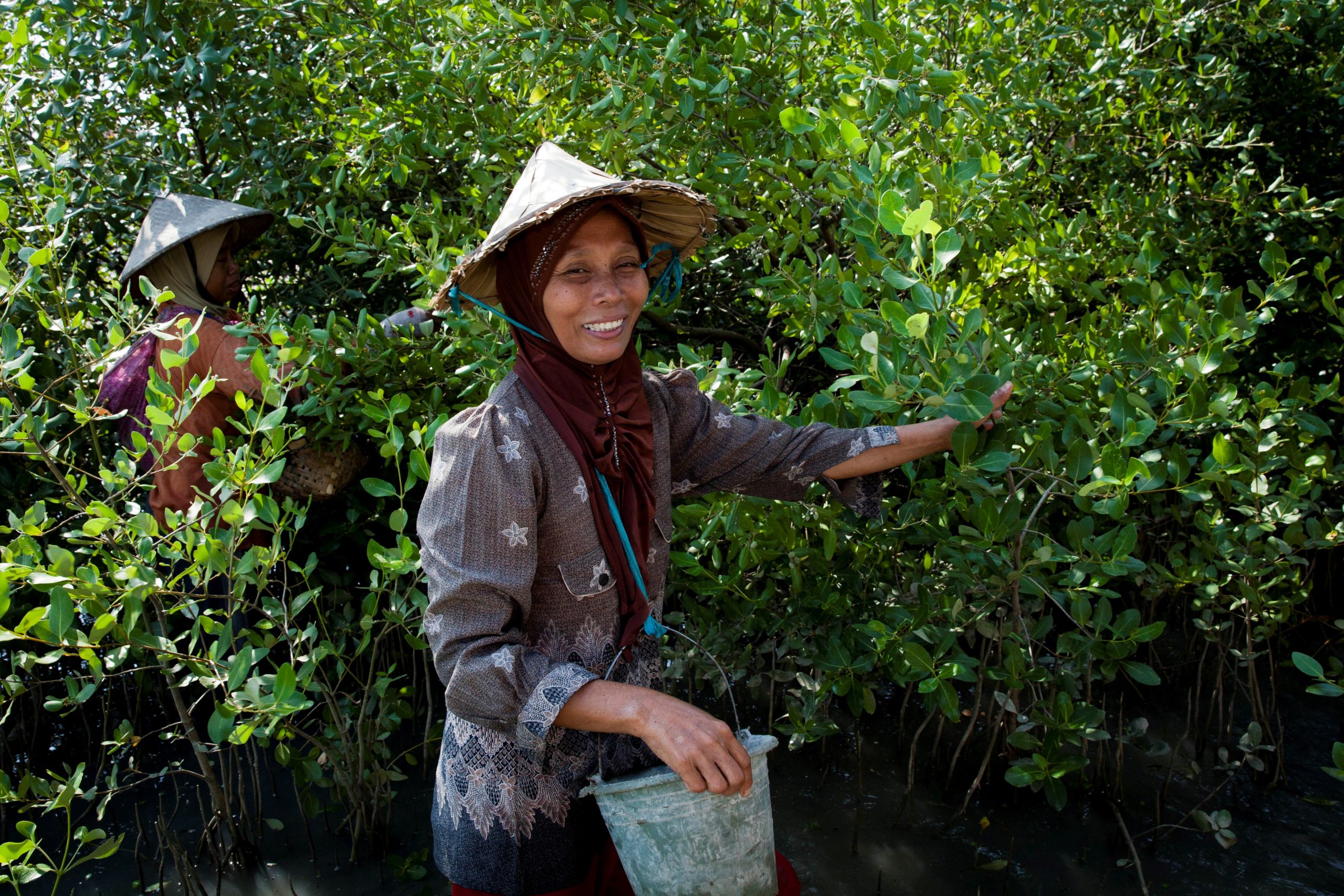OPINION: Human health and ecosystem health need to be re-built together
Jane Madgwick, CEO of Wetlands International, says nature can no longer be taken for granted, and pandemics like COVID-19 are an indication that tipping points have been exceeded across our planet.
T
he response to the devastating COVID-19 pandemic demands swift and focused humanitarian action. But it is also critical to define the root causes and to start to address these, to improve future resilience. One recognised driver of rising human health risks is the dramatic decline in biodiversity and the collapse of whole ecosystems. This is a ‘death by a thousand cuts’ impact played out over the last decades, which is now showing planetary consequences. By continuing to clear, drain and degrade forests and wetlands, to pollute the ocean and perpetuate climate change, human health hazards have increased and people have become more exposed to those hazards, including, but not limited to, emerging infectious diseases, which pass from animals to people.
Scientific research shows clearly that climate, biodiversity and human health are all interlinked. The health of ecosystems and human health are effectively in lockstep. So, we cannot get far in solving one without the other. Improving human health demands not only fighting to control the impact of individual infectious diseases, but also addressing socio-economic and environmental factors alongside. By connecting the science of Health, Ecology and Sustainability, more holistic approaches can be developed and implemented.

“Building with Nature” project underway in Java, Indononesia. Photo by Nanang Sujana
So, while humanitarian actions are currently ongoing, it is vital to start and maintain interventions which will enable environmental recovery early enough to assure the move towards a safe and healthy world. Focus is needed on the world’s poorest people, who are suffering the most in terms of sickness, increasing exposure to health risks, climate change and destruction of their local environment, which limits their chances for development. In this increasingly telecoupled world, building on the positive connections between health, nature and development will require breaking out of silos. Many of the models and methods for this are already available, including those of “integrated risk management”, which connects sectors to combine expertise and interventions at all scales, consistent with the ‘One World, One Health’ approach.
The COVID-19 pandemic should be a wake-up call. There are choices which can and should be made now, in this time of crisis, that would build future resilience for people and nature, together. Rather than putting the response to the ongoing environmental and climate crises to the side – and loosening environmental safeguards in favour of boosting the economy, now is the time to plan and develop along pathways that promote both social and ecological healing. By safeguarding and restoring ecosystems, we can improve human health and well-being while bringing many other benefits like reducing emissions, enhancing biodiversity and quality of life in cities.
We must all now play our part in forging a closer union with nature, and so create a safer world.
The ideas presented in this article aim to inspire adaptation action – they are the views of the author and do not necessarily reflect those of the Global Center on Adaptation.